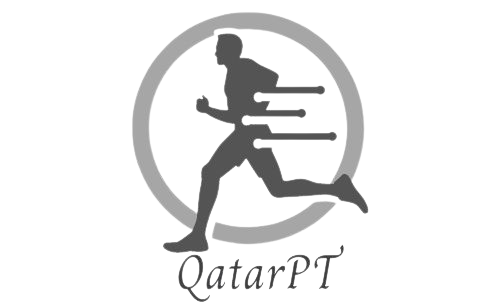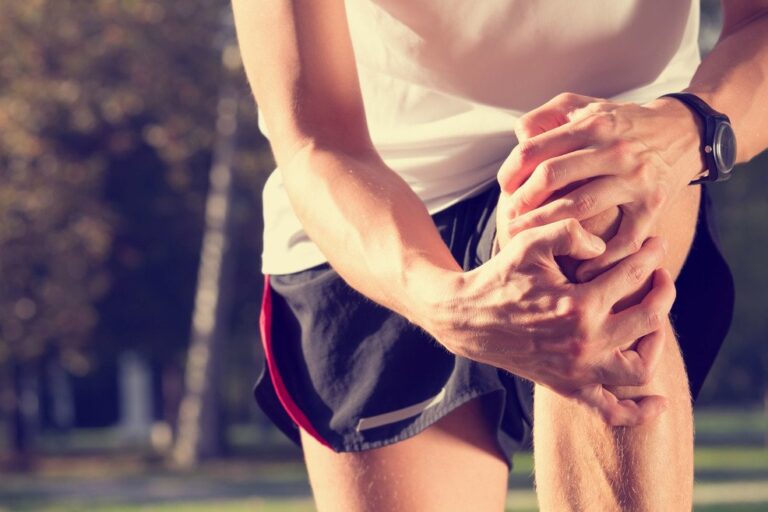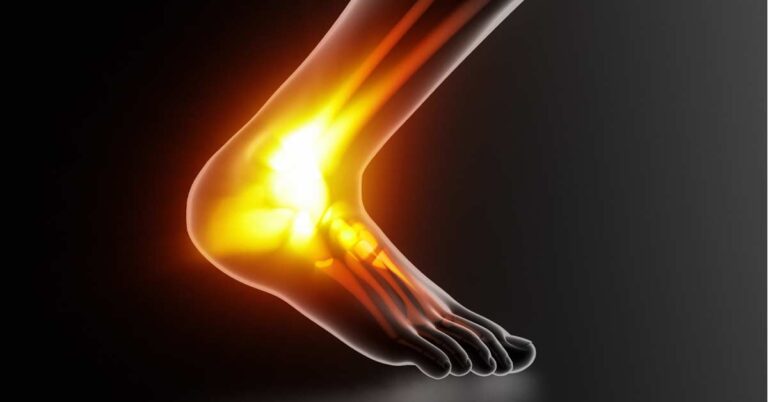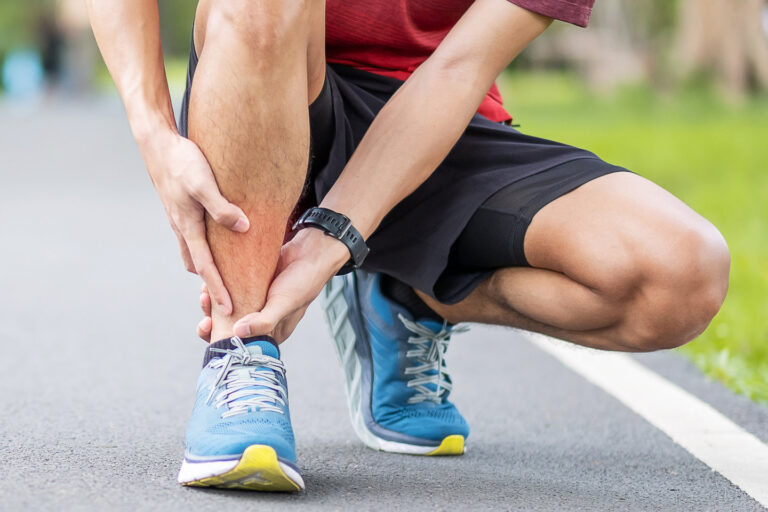IT Band Syndrome – A Common Injury in Runners
What is IT Band Syndrome?
It is a very common injury in runners so almost half of us regular runners will or have experienced this problem. It is often referred to as ‘iliotibial band friction syndrome’ but the currently used terminology is ‘iliotibial band syndrome’ (ITB syndrome) as we do not believe that friction is the main cause to the symptoms.
Main Symptoms
- Pain on the outside part of the knee: often sharp, or aching pain that comes on during or after running.
- Pain is worse by going up or down stairs
- The pain can also radiate up the outside of the thigh
- If the knee is acutely swollen, red, hot or got severe localised tenderness it could be associated with trauma (fall, hitting the knee) but other causes should then also be considered.
What is the IT Band?
The iliotibial band is a thick fascia, ligament-type structure, that attaches to your pelvis and runs down the outside of your thigh and knee to the outside of the top of your shin bone (tibia). The IT band generates a lot of energy, like and elastic band, especially during running. It helps to drive the leg during the forward swinging phase. The IT band works with the Gluteus maximus and Tensor fasciae latae muscle to move the hip and knee. These muscles actually insert into the IT band. It is also a very important stabilising structure as it cross both the hip joint and the knee joint.

What Causes ITB Syndrome?
- Increasing training load too quickly: this is thought to be the most common cause. You may be increasing running distance, adding hill training or track training which can increase the load that goes through the ITB and associated muscle groups.
- Weakness in hip abductors (gluteus medius, gluteus minimus, tensor fasciae latae): this will cause increased adduction of the leg and more strain on the ITB.
- Dynamic Knee Valgus: this is when the knee drops inwards during running. This is associated with weak Gluteus muscles but pronation of your feet can also cause knee valgus and both will increase the load on the ITB.
- Tight and/or weak hip flexors: strong hip flexors are very important to runners. Our main hip flexors, Psoas, Rectus femoris and the iliacus can be poorly functioning through weakness or tightness in some runners. The Tensor Fascia Lata (TFL) is another important assisting hip flexor muscle that can compensate when we suffer from poor Iliacus and Psoas function. When the TFL takes on a lot of stress from hip flexion it can also become overused and ‘tight’ and this creates a tension in the TFL and can contribute to ITB pain.
- Poor foot arch control: such as flat foot can cause multiple problems with knees, ankles, shins etc. However, not everyone do experience issues.
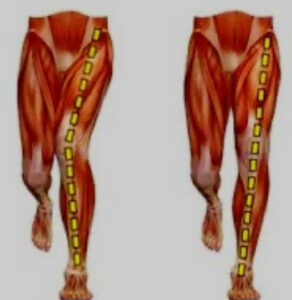 Valgus knee VS. Normal Aligned Knee
Valgus knee VS. Normal Aligned Knee
Valgus knee is associated with weak gluteus muscles, flat foot and ankle pronation etc. This can cause many different issues with for example the knee, including ITB Syndrome.
Do I have to Stop Running?
Not necessarily. It just depends on how sore and painful the knee is.
If the pain is improved by lowering the load and intensity then it would be safe to continue running whilst working on treating and managing the IT band syndrome.
However, if you experience pain with only a small amount of running then you should stop the running for a while until the acute pain settles a bit. This does not mean you can’t do other form of activity that may be pain free or less painful, such as cycling and swimming etc.
What Exercises can help ITB Syndrome?
- Gluteus strengthening exercises (examples):
- Clam exercises
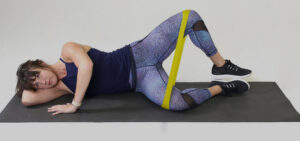
- Lounges (with or without weights)

- Hip thrusts

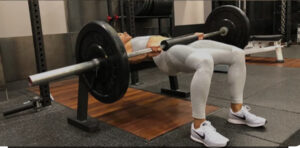
- Step-ups (with or without weights)

- Hip Hike
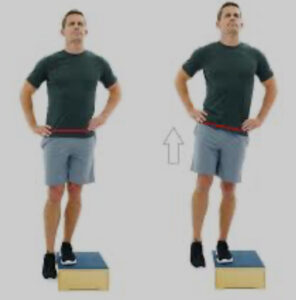
- Hip flexor strengthening exercises (psoas/iliacus muscles)
- Step-ups (see above)
- Hip crunches
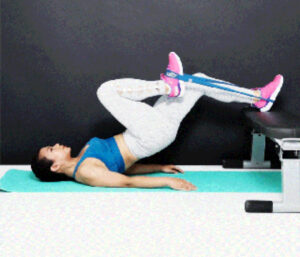
- Standing knee lift
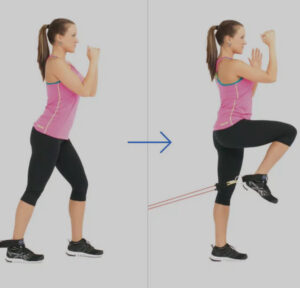
- Front Plank with Swiss Ball
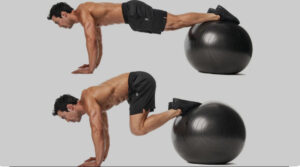
- Stretching
- Gluteus muscles
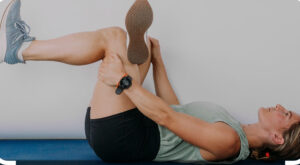

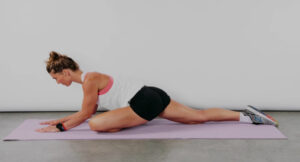
-
- Hip flexors and adductors (Psoas, Iliacus,TFL)
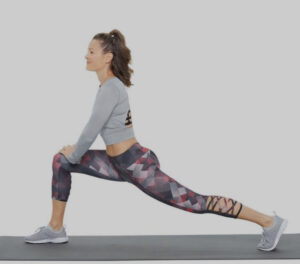
![]()
![]()
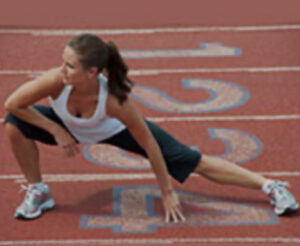
- Ankle and Foot
- As mentioned above, poor foot or ankle control can also cause pronation of foot and lead to valgus knee position, which increases strain on the IT band.
- Poor foot arch control and flat feet also has this effect on valgus knee.
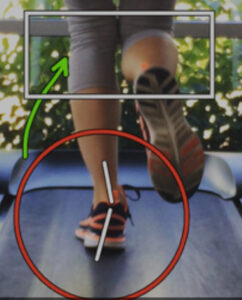
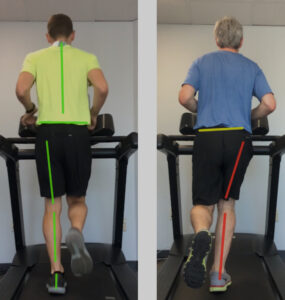
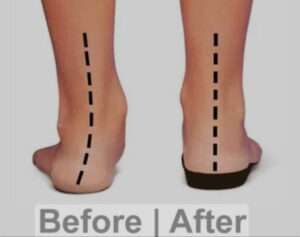 Pronated foot Knee Valgus Post Correction
Pronated foot Knee Valgus Post Correction
-
- Footwear assessment: Sometimes a formal assessment is useful to find out if you are flat footed or pronating / supinating. Appropriate running shoe and sometimes orthotics are are important to ensure you avoid injuries such as the ITB Syndrome.
Does Foam Rolling Help?
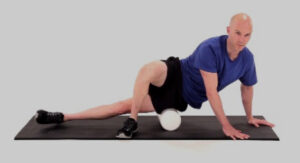
This is a very disputed topic. The argument against foam rolling is that the IT band is too tough and strong to be stretched. So, it may actually just cause a lot of pain without achieving much benefit. It can be harmful and cause more problems if you use the foam roller over the sore area on the outside of the knee so this should be avoided.
However, even though research is a bit limited there are some suggestions that foam rolling can provide some short-term benefits by increasing the range of motion across a joint. So, the recommendation would be to do 5-10min a day (or before and after training) of foam rolling over the outer Quadriceps muscles. This should cause no harm and may provide some pain relief and speed up recovery.
